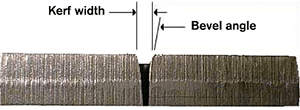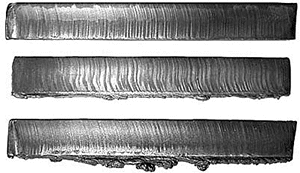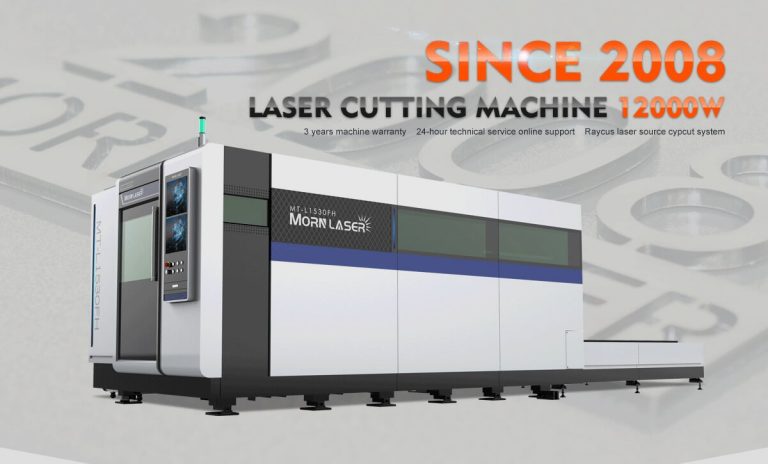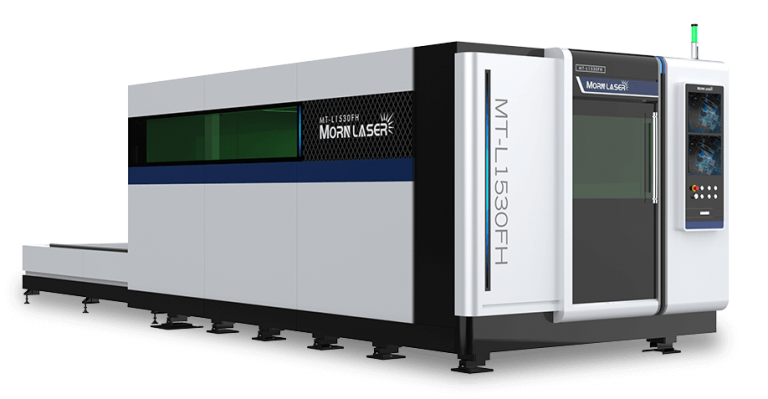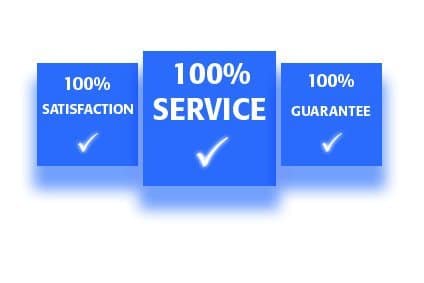The cutting quality of a metal laser cutting machine is important because it will have an impact on downstream processes, such as welding or painting; weld-ready cuts will cut the steps for weld preparation, streamlining production and reducing labor costs, or the cut edge will be visible to the buyer of the finished part or product. However, many customers are not sure how to access the cutting quality of a metal laser cutting machine while purchasing it. This post will talk about the cutting quality from 8 aspects so as to give some insights for you to select a high-quality metal laser cutting machine.

Table of Contents
Edge Quality
Roughness not only affects the appearance of the edges, but also the friction characteristics. In most cases, the lower the roughness, the higher the cut quality.
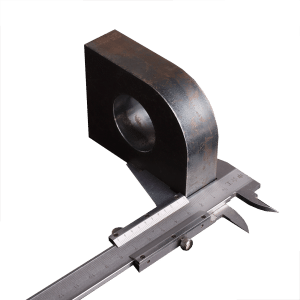
The metal laser cutting machine is a high-quality and high-efficiency processing tool. When the laser beam acts on the metal plate, vertical lines are formed. The deeper the grain, the rougher the surface of the section. When the power of the cutting machine is matched with the thickness of the sheet, the cut section will have no streaks or brittle fracture.
Perpendicularity
For high-power metal laser cutting, when the thickness of the processed material exceeds 10 mm, the perpendicularity of the cutting edge is very important. The laser beam becomes divergent when it is away from the focus, and the cut becomes wider toward the top or bottom depending on the position of the focus. The more vertical the edge, the higher the cutting quality. A cut with little or no angle is considered the best.
Cutting Kerf
Generally speaking, the kerf does not affect the quality of the cut. However, to form a particularly precise contour inside the part, the kerf determines the minimum inner diameter of the contour. As the thickness of the sheet increases, the kerf also increases. Therefore, to ensure the same high precision, regardless of the width of the slit, the machining area of the workpiece should be constant.
Dross
Dross is the re-solidified oxidized molten metal that is not fully ejected from the kerf during cutting. It may form as a thick bubbly accumulation along the bottom edge of the plate. During the machining of the metal laser cutting machine, the high energy generated by the laser beam causes the surface of the workpiece to rapidly vaporize and evaporate, and the slag on the surface of the workpiece is blown off by the auxiliary gas. If the auxiliary gas is not used, the slag is cooled and the dross is built up on the cutting surface. Since the removal of the dross requires an extra workload, the quality of the cut can be visually judged by observing the severity and amount of the dross.
Deformation
If the cutting causes the part to heat up sharply, it will deform. This is especially important in fine machining because the contours and tabs here are usually only a few tenths of a millimeter wide.
Cut Texture
When the slab is cut at high speed, the molten metal will be ejected along the path of the laser beam, instead of appearing in the slit below the laser beam. As a result, the curved textures are formed at the cutting edges, closely following the moving laser beam.
Depression and Corrosion
The depressions and corrosion have an adverse effect on the surface of the cutting edge, affecting the appearance.
Size of the Heat Affected Zone
The heat-affected zone refers to the depth of the area where the internal structure changes. In laser cutting, the area near the slit is heated, meanwhile, the structure of the metal changes. For example, some metals may harden. A smaller zone protects the integrity of the metal and impacts the viability of other processes such as welding and tapping.
Conclusion
Buying a metal laser cutting machine can be tearing especially when you have little knowledge about the laser machine and market. Since the capital expenditure of such equipment is not a small number, metal fabricators should know how to judge the quality of the machine from the processing result. Hope those 8 aspects discussed in this post may help to ease your buying process. And if you’re not in a hurry to finalize your supplier, welcome to visit our fiber laser cutting machine pages on our website for an extra option. You’re also welcomed to talk to our online sales engineer or send us an email. We will sure to get back to you quickly. Wish you will get a satisfied laser machine in the end.

